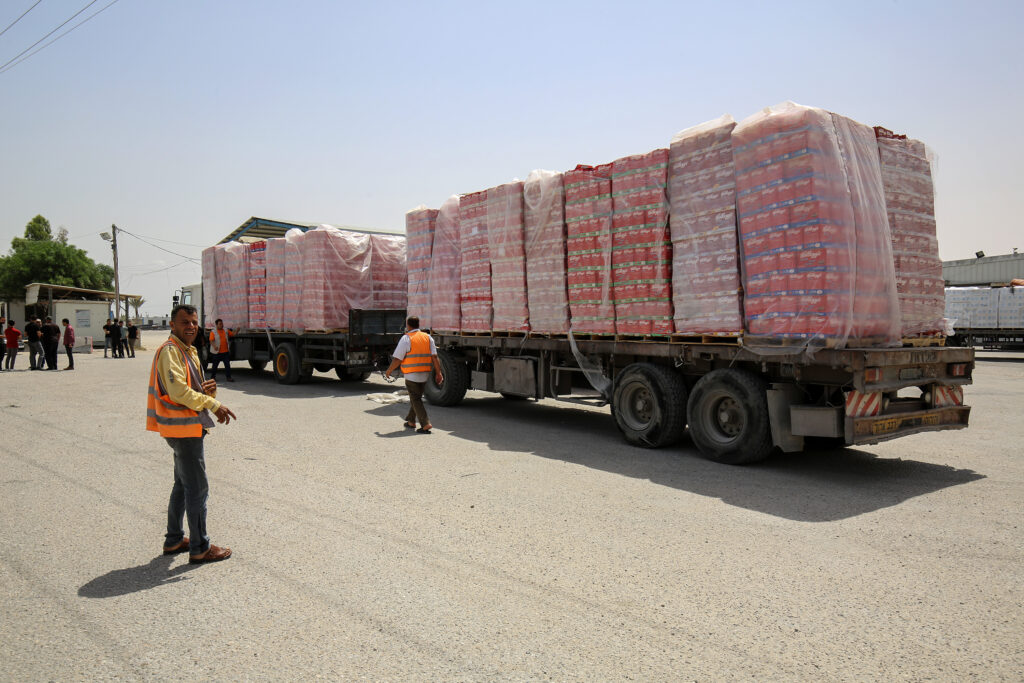The shutting down, without any notice, of USAID is playing havoc with charities and aid agencies around the world, who had an expectation of continued long-term support for key contracts and programmes.
USAID was often the 800-pound gorilla and the lynchpin in key overseas aid programmes, attracting smaller donors. Its programmes helped some of the most vulnerable people in the world, fostering peace and democracy, vaccinating people against some horrible diseases and providing protection in times of physical disaster and humanitarian crisis. When a major funding source such as this disappears, charity and aid agency directors face extraordinary challenges. The loss of significant funding threatens not just individual programmes, but the very viability of their organisations. What should management and boards of these agencies be doing now, to stabilise their operations and discharge their duties?

1. Address immediate funding gaps
Affected organisations should have immediately conducted a financial assessment, looking at cashflow, liquidity and solvency. Itemising the programmes that are directly impacted and calculating the funding shortfall.
2. Implement emergency cash preservation measures
It would be wise to freeze non-essential spending while, as far as possible, ensuring critical services remain operational.
3. Engage with existing donors
Given the recent UK announcement about the cutting of overseas aid, help from both US and UK governments may be in short supply. If possible, approach major donors and private partners, outlining the current situation and the critical needs. When previous cuts have occurred, these other philanthropic funders have sometimes been able to fill some gaps.
4. Internal communication
Be honest with your people about the situation, while presenting a clear path forward. Uncertainty breeds anxiety and a strong communication plan can perhaps delay departures of valued staff.
5. Review people needs
Determine which roles in your organisation are essential to maintain core operations and program delivery and create retention strategies for these positions. Consider the skeleton crew you may need for orderly wind-down.
6. Consider short term flexible work arrangements
Reduced hours, job-sharing, or temporary compensation adjustments may be preferable to layoffs and help preserve institutional knowledge.
7. Plan to get staff home safely
If you have staff stationed overseas, consider safety measures and repatriation plans to get them home. However, do this advisedly, and in conjunction with point 10 below.
8. Develop phase-down plans when necessary
If some programmes will need to be reduced or eliminated, seek to create thoughtful transition plans that minimise harm to beneficiaries. Try to involve programme participants in decision-making and explore community-led solutions that require fewer resources.
9. Develop external communications
Create clear messaging about the funding situation and your response strategy for different stakeholders—donors, beneficiaries, staff, partners and the public. Leverage your website and social media to control the narrative, highlight ongoing work, keep morale up and maintain visibility.
10. The Golden Rule: Face up to reality – and your Directors Duties
Companies Act law and Charities Commission regulation requires that Directors assess whether their organisation is capable of continuing as a going concern. See the attached guidance from the Charities Commission on organisations facing going concern issues https://assets.publishing.service.gov.uk/media/5a805dbe40f0b6230269314d/amr_charities_with_audit_reports_identifying_that_they_may_be_in_financial_difficulty.pdf
Directors must be prepared to make tough, timely decisions—including the possibility of merger or even closure. If your financial projections indicate that your operations are not sustainable, despite mitigation efforts, you must confront this reality promptly. The hope of finding future funding is not sufficient reason to continue. An orderly, planned wind-down preserves dignity, allows for the possible transition of programmes to other service providers, and protects the reputation of board members and staff.
Delaying inevitable closure, while tempting given the emotional connection to the work your charity does, depletes remaining assets, creates chaotic endings, and harms the very communities the organization aims to serve, not to mention leaving leadership exposed. The decision to close is not failure but reflects responsible stewardship.
This is a time of unprecedented challenge, and I predict that many organisations will face closure as a result of the suspension / shutting down of USAID and the reduction of UK overseas aid. This is a highly stressful and impactful time for the leaders of these organisations. Reach out to your boards, your advisors, your auditors. Remember your responsibilities. And remember that this too, shall pass.


